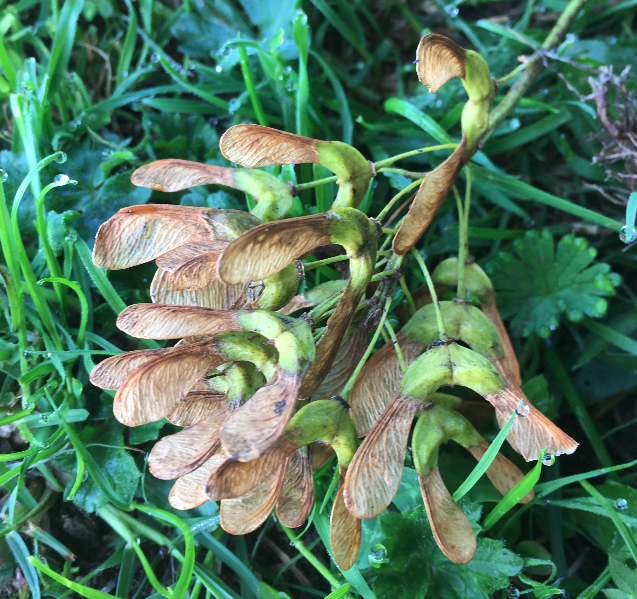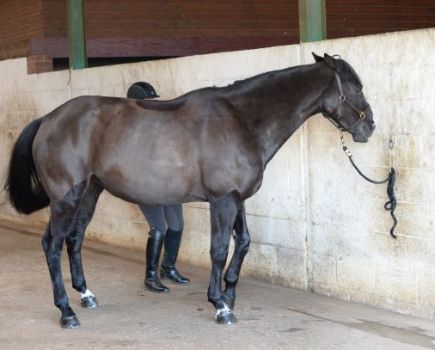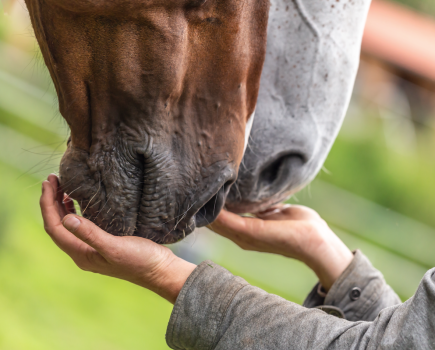Atypical myopathy is prevalent and therefore a major threat to horse health in spring and autumn in the UK. It is a potentially fatal disease caused by a toxin found in the seeds and seedlings of the common European sycamore, from the Sycamore tree (Acer pseudoplatanus).
When a horse eats sycamore seeds or seedlings, the toxin (Hypoglycin A) found in the plant can make its way to the horse’s muscles. This causes the muscle cells to become inactive and even die.
Atypical myopathy is not contagious. It is usually seen in autumn when the sycamore seeds are on the ground, and in spring when the seedlings are growing. Because it is potentially deadly for horses, it is sensible to do all that you can to protect your horse.
How it affects horses
Horses that eat sycamore seedlings or seeds can quickly become affected by the toxin. The disease is fatal in around 70% of affected horses.
Atypical myopathy has a sudden onset and the horse is usually found unable to move in the field.
Muscle damage commonly affects muscles that are used during standing and breathing, as well as the heart muscle, meaning that a wide range of clinical signs are displayed.
When the muscle cells become damaged, they release muscle enzymes that build up in the organs. This causes further damage, sometimes resulting in multiple organ failure.
Some horses are more susceptible to the disease than others, with young horses the most commonly affected.
Vets are unsure why this is. It could be that some horses have a genetic susceptibility.
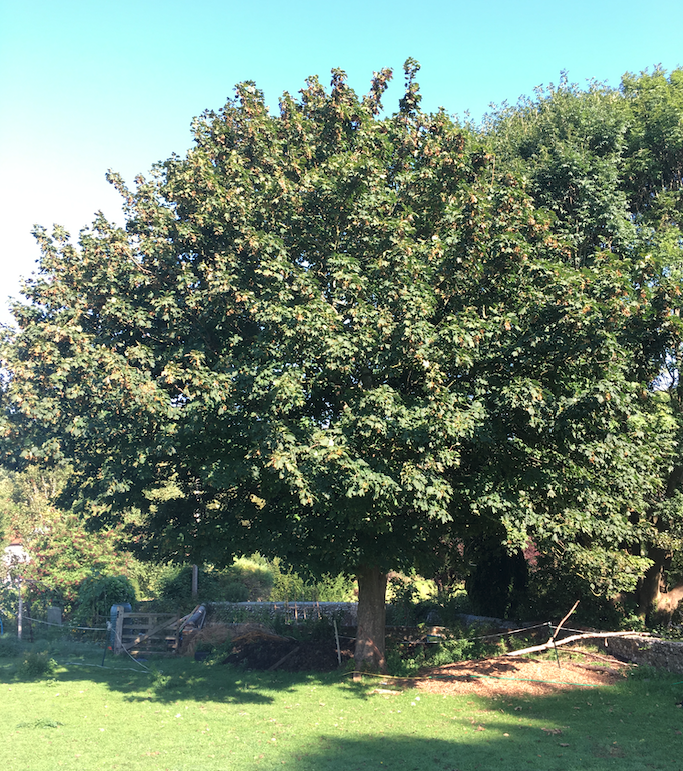
Signs of atypical myopathy
It is important for all horse owners to be aware of the signs of atypical myopathy in horses, which are:
- Lethargy
- Depression
- A reluctance to move
- Muscle tremors (shivering)
- Sweating
- Difficulty breathing
- Red/brown (dark) urine due to the products of muscle breakdown being released in the urine.
Diagnosing atypical myopathy
Symptoms can look similar to “tying up” or colic in horses. As atypical myopathy can progress rapidly, it’s important to be able to recognise the signs so that treatment can be started immediately.
As soon as you notice these symptoms, call your vet and describe what you’ve seen.
Your vet will examine your horse and a diagnosis may be made based on the history that you provide, the signs that are seen — especially the presence of red-brown urine — and the environment the horse lives in.
Blood and urine samples may be taken. Your horse may need to be referred to a a specialist equine hospital for treatment.
How to lower the risk
Ensuring that horses don’t eat sycamore seeds or seedlings is key to preventing the disease occurring in your horse.
The Hypoglycin A toxin is not present in every sycamore tree or seedling.
However, it can be found in varying amounts between different seeds and seedlings from the same tree.
So even if your horse has lived in a field with sycamore trees before, it is important to be vigilant and take precautions with each tree.
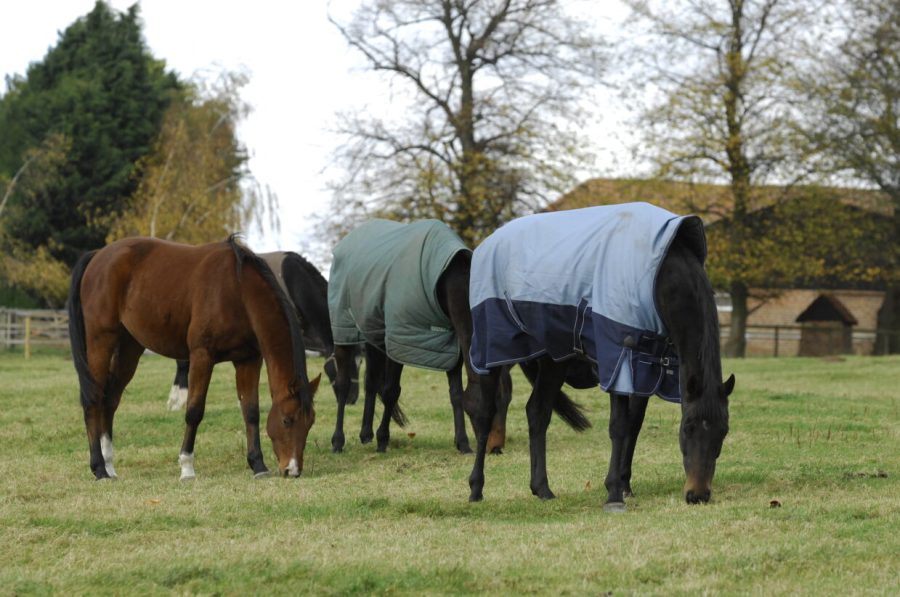
Preventative measures:
- Being able to recognise and identify a sycamore tree, as well as its seedlings.
- Fencing off areas around sycamore trees.
- Moving your horse to a different field during high-risk periods (spring and autumn).
- Remembering that sycamore seeds can be carried in the wind and travel some distance. So even if there aren’t any sycamore trees in your horse’s field, but there are sycamores in the vicinity, you will still need to regularly inspect the field. Remove any seeds that have blown in as soon as you see them.
- Providing extra forage for your horse so that they aren’t tempted to eat any sycamore seeds they find.
- Clearing up sycamore seeds when they have fallen from the tree, and uprooting any seedlings.
If there has been a case of atypical myopathy in a horse grazing in your field, it’s advisable to remove all other horses and have them checked by a vet. They may want to take a blood sample to check the level of muscle enzymes in the blood.
In May 2023, the British Equine Veterinary Assocation (BEVA) warned farmers about the grave danger of cutting hay from pastures contaminated with sycamore seedlings and saplings. It said an “explosion” in the growth of the seedlings in the spring caused a rise in cases of atypical myopathy. Read the full story..
Prognosis
To have a chance of recovery from atypical myopathy, an affected horse will need intensive care at an equine hospital.
It can take several days to make a diagnosis from a blood sample. As time is of the essence, treatment may be started before the test results come back.
Unfortunately, there is no antidote, so treatment consists of supportive care, such as fluid therapy. This helps to protect the kidneys from damage and reverse dehydration.
The horse will also be given pain relief. Intravenous fluids means strong pain relief can be administered at a constant rate to ensure the horse remains comfortable.
The first 24-48 hours for a horse suffering with atypical myopathy are the most critical.
If the horse survives the first few days, it can still take several months of treatment to make a full recovery.
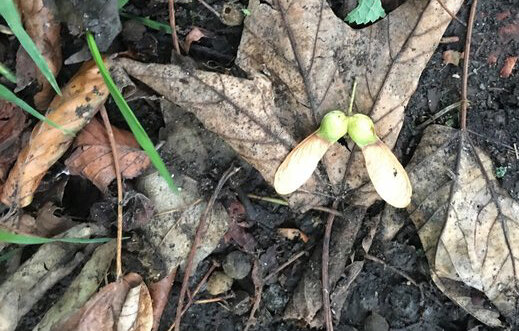
Future prospects
If the horse does recover, they can often go on to live a normal life and return to full time work without any long-term side effects.
The key is identifying sycamore trees in and around your horse’s field, and doing all you can to prevent them accidentally eating seeds in autumn and spring.
The golden message is: atypical myopathy is better prevented rather than cured.
Images © Your Horse Library/Kelsey Media Ltd/Aimi Clark

